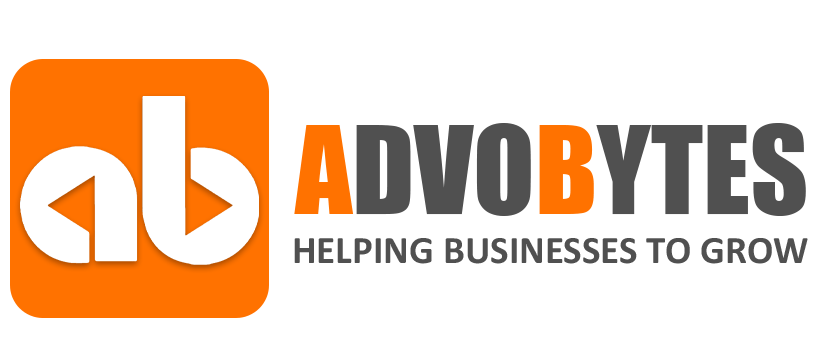Generating hype with successful online campaigns is crucial for businesses looking to increase brand awareness, engage with their target audience, and drive conversions in the digital age. With the proliferation of social media platforms, email marketing, influencer collaborations, and other digital channels, businesses have more opportunities than ever to create impactful campaigns that capture the attention of their audience and leave a lasting impression. These campaigns leverage compelling content, creative storytelling, and strategic distribution to spark curiosity, generate excitement, and ultimately compel consumers to take action. Whether it’s launching a new product, promoting a special offer, or simply building buzz around a brand, successful online campaigns can catapult businesses to new heights of success in today’s competitive marketplace. By harnessing the power of digital marketing tools and techniques, businesses can effectively connect with their audience, cultivate brand loyalty, and achieve their marketing objectives with precision and impact.

- Define Clear Objectives: Begin by clearly defining the objectives of your online campaign. Whether it’s increasing brand awareness, driving website traffic, or promoting a new product launch, having specific goals will guide your strategy.
- Audience Research: Conduct thorough research to understand your target audience’s preferences, interests, and online behavior. This knowledge will help tailor your campaign messaging and content to resonate with your audience effectively.
- Compelling Visuals: Invest in high-quality visuals such as images, videos, and graphics that capture attention and communicate your message effectively. Visually appealing content is more likely to be shared and remembered by your audience.
- Engaging Content: Create engaging and shareable content that sparks conversations and encourages interaction. Whether it’s blog posts, infographics, or interactive quizzes, provide value to your audience while subtly promoting your campaign message.
- Utilize Social Media Platforms: Leverage popular social media platforms like Facebook, Instagram, Twitter, and LinkedIn to reach a wider audience and amplify your campaign’s message. Tailor your content to each platform’s unique features and audience demographics.
- Influencer Partnerships: Collaborate with influencers or industry experts who have a significant following and credibility within your niche. Their endorsement can help amplify your campaign’s reach and credibility among their followers.
- Contests and Giveaways: Organize contests, giveaways, or sweepstakes to incentivize audience participation and generate excitement around your campaign. Offer enticing prizes that align with your brand and campaign objectives to maximize participation.
- Teasers and Sneak Peeks: Build anticipation and curiosity by releasing teasers and sneak peeks of your campaign content or product before the official launch. This creates buzz and generates excitement among your audience.
- Email Marketing: Utilize email marketing to reach your existing audience and subscribers with exclusive content, offers, or updates related to your campaign. Personalize your emails to make recipients feel valued and engaged.
- Paid Advertising: Allocate a portion of your budget towards paid advertising channels such as Google Ads, Facebook Ads, or sponsored content to reach a broader audience and drive targeted traffic to your campaign landing pages.
- User-Generated Content: Encourage your audience to create and share user-generated content related to your campaign. User-generated content adds authenticity and social proof to your campaign while increasing engagement and reach.
- Interactive Experiences: Create interactive experiences such as quizzes, polls, or interactive videos that encourage active participation from your audience. Interactive content is more engaging and memorable, making it more likely to be shared.
- Real-Time Engagement: Monitor social media channels and engage with your audience in real-time during your campaign. Respond to comments, answer questions, and encourage discussions to foster a sense of community and involvement.
- Analytics and Tracking: Track and analyze key metrics such as website traffic, engagement rates, conversion rates, and social media mentions to measure the effectiveness of your campaign. Use this data to refine your strategy and optimize future campaigns.
- Post-Campaign Follow-Up: Once your campaign has ended, follow up with your audience to thank them for their participation and provide any promised rewards or incentives. Share highlights and success stories from the campaign to maintain momentum and keep your audience engaged.
By implementing these strategies effectively, you can generate hype and excitement around your online campaigns, driving engagement, increasing brand visibility, and ultimately achieving your campaign objectives.

In conclusion, the realm of successful online campaigns is not just about generating hype; it’s about creating meaningful connections, driving tangible results, and building lasting relationships with your audience. By harnessing the power of digital platforms, strategic messaging, captivating visuals, and innovative tactics, businesses can ignite excitement, spark engagement, and ultimately achieve their marketing objectives. Whether you’re launching a new product, promoting an event, or seeking to elevate brand awareness, the key lies in understanding your audience, crafting compelling narratives, and delivering value at every touchpoint.
As you embark on your journey to create successful online campaigns, remember that authenticity, relevance, and creativity are your greatest allies. Don’t just aim to capture attention; aim to capture hearts and minds. Be transparent, be genuine, and be bold in your approach. Listen to your audience, adapt to their needs, and continually refine your strategies based on feedback and insights. And above all, never underestimate the power of storytelling. Stories have the unique ability to resonate with people on a deeper level, forging emotional connections that endure long after the campaign is over.
At the heart of every successful online campaign lies a compelling story waiting to be told. It’s up to you to craft that story, share it with the world, and invite others to be a part of it. With the right mix of creativity, strategy, and execution, you can turn your online campaigns into unforgettable experiences that captivate, inspire, and drive action. So don’t just aim to generate hype; aim to make an impact. Aim to create moments that matter, moments that leave a lasting impression, and moments that propel your brand forward in the digital age.
In today’s hyperconnected world, the opportunities for successful online campaigns are virtually limitless. From social media to email marketing, from influencer partnerships to viral videos, there are countless avenues through which you can reach and engage your target audience. The key is to stay agile, stay innovative, and stay true to your brand’s values and identity. By embracing creativity, embracing experimentation, and embracing the ever-evolving nature of digital marketing, you can position your brand for success in the fast-paced world of online campaigns.
So whether you’re a seasoned marketer or a budding entrepreneur, seize the moment and unleash the full potential of your online campaigns. Embrace the challenge, embrace the opportunity, and embrace the journey ahead. With the right mindset, the right strategy, and the right partners by your side, there’s no limit to what you can achieve. So go ahead, dream big, think bold, and make your mark on the digital landscape. The world is waiting, and your next successful online campaign is just a click away.





